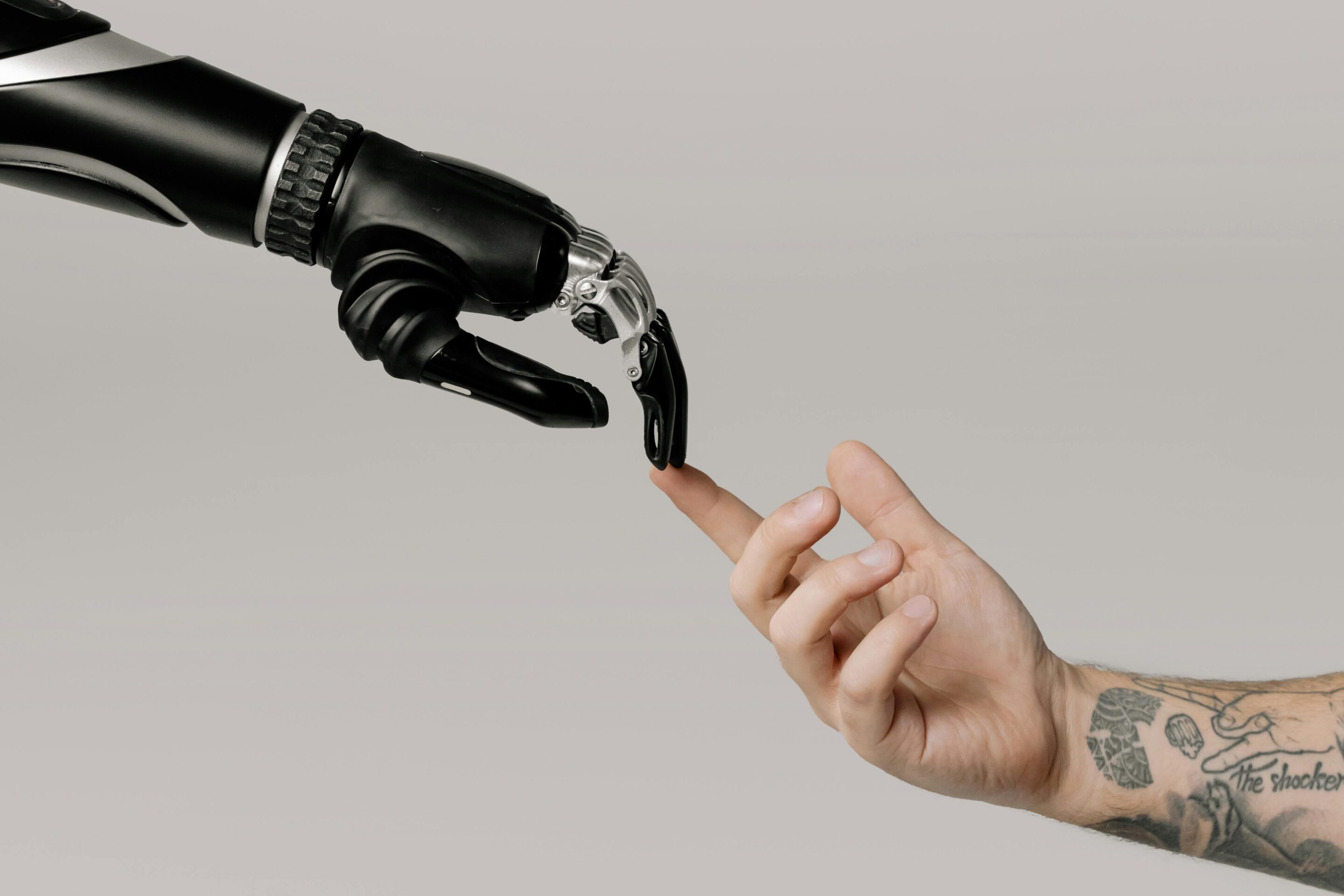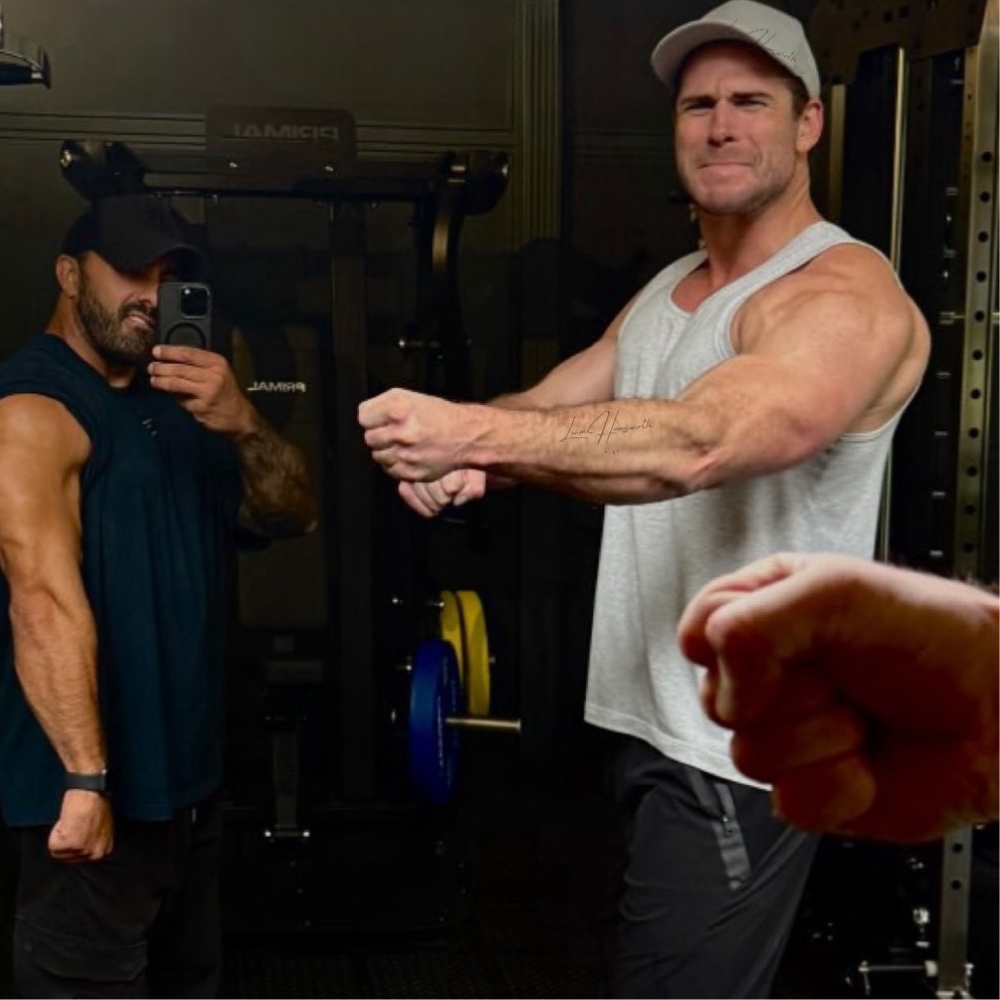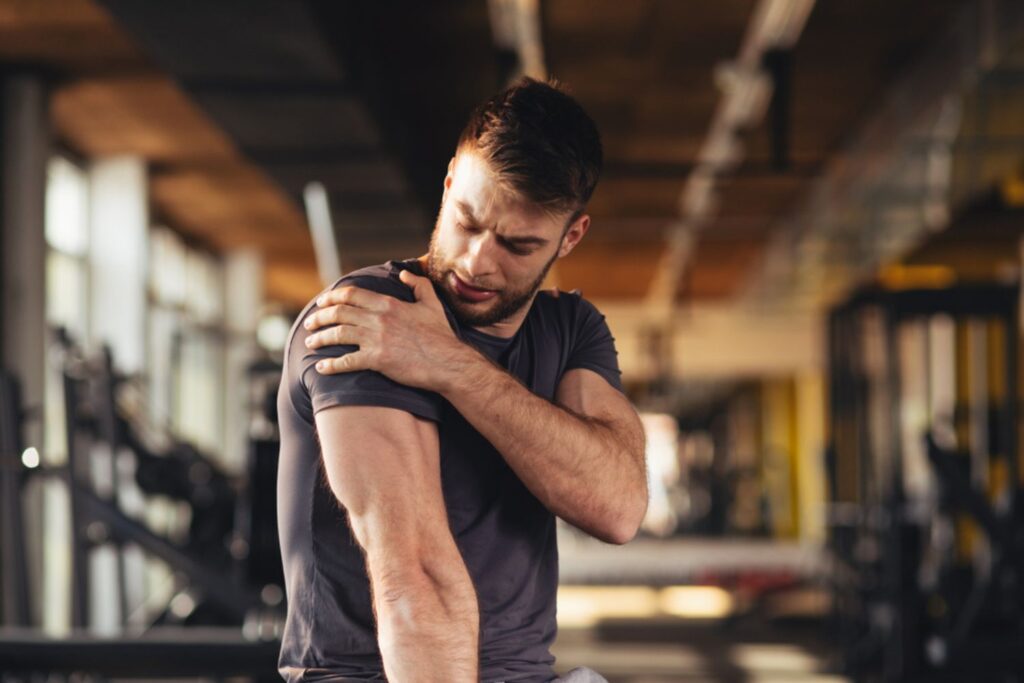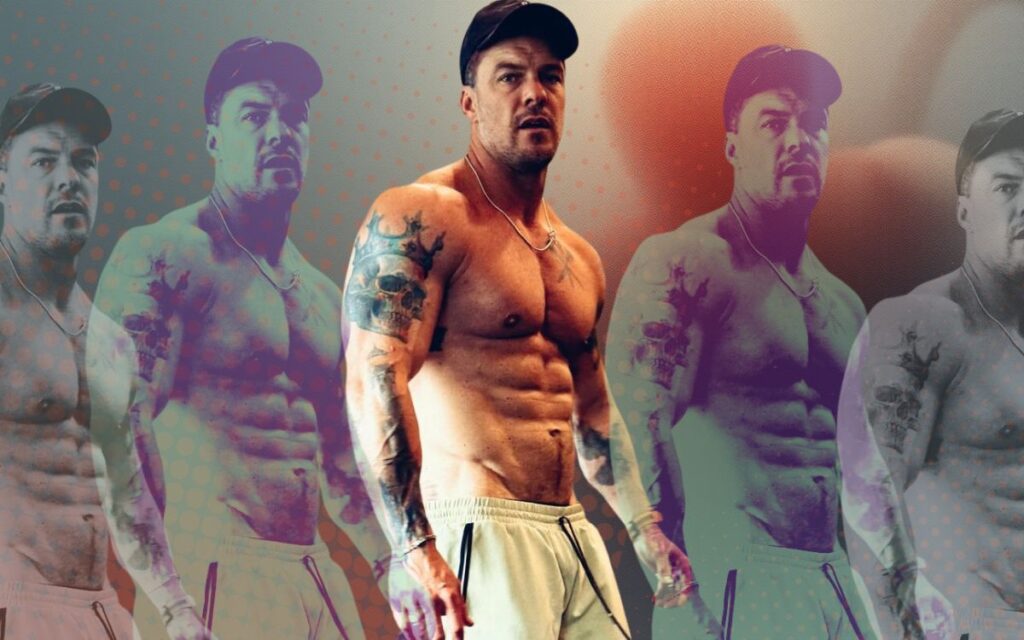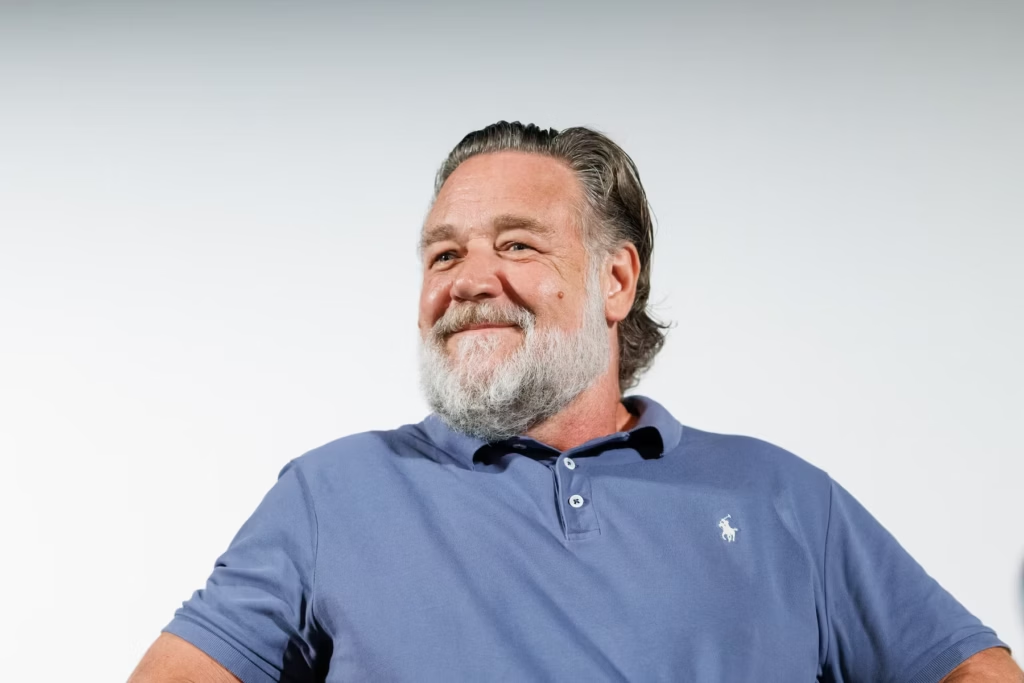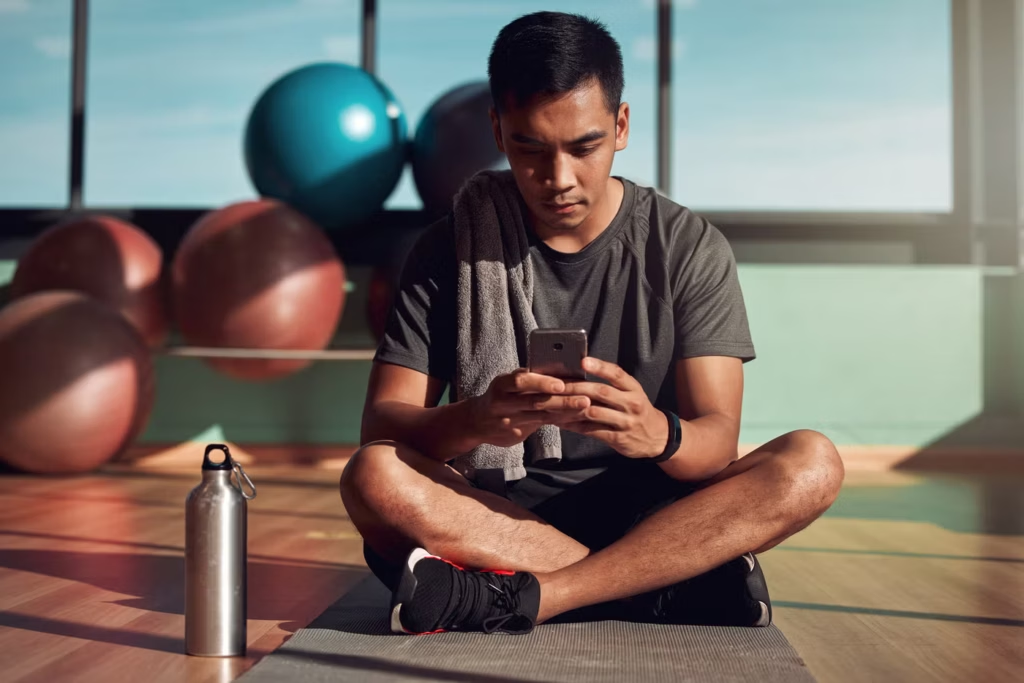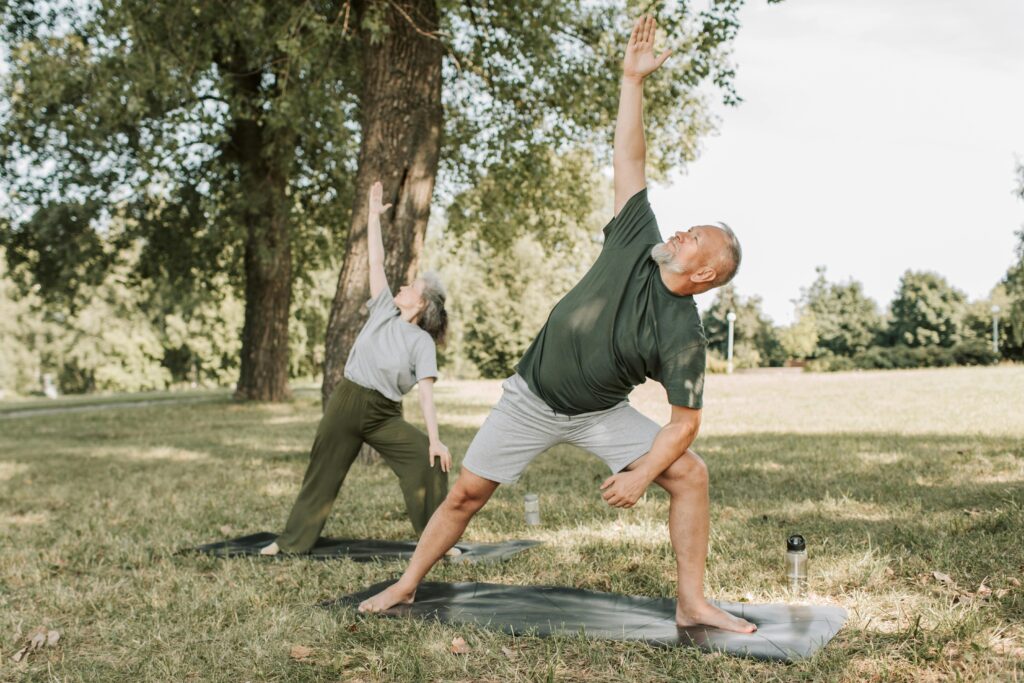THE MORE ACTIVE you are, the greater the likelihood you’ll tweak or strain something, or perhaps something more serious.
But most men don’t finish their injury rehab programs, with 70% dropping out before completing a treatment plan. Life gets busy, progress feels slow, and motivation fades. Before long, you’re back in the gym or on the field, not because you’re ready – but because (if we’re honest) you were impatient.
The result? Re-injury, ongoing pain, and time lost doing the things you love.
Let’s look at some stats:
- Patients who completed their full prescribed course of physiotherapy had recurrence rates as low as 25–30% within 12 months, compared with 60–80% among those who stopped early or failed to continue rehab.
- Incomplete injury recovery (or injury recurrence) results in reduced fitness, and we know that VO₂ max (the measure of aerobic fitness) is more strongly linked to lower all-cause mortality than any other modifiable risk factor. (Kokkinos et al. 2022)
- Low muscle mass (from reduced time in the gym after injury) increases mortality risk by 2–3 times. (Wang et al, 2023)
We know that sticking to rehab is important, but the hardest part of recovering properly isn’t knowing what to do – it’s staying consistent long enough to get results. Doing the boring and repetitive stuff that doesn’t feel like progress. That’s where most people fall off. Especially men, who are wired to push harder and faster.
Where AI fits in
AI is becoming increasingly common during healthcare consultations, with the rise of AI scribes. But AI isn’t just transcribing physio sessions anymore – it’s transforming them. Imagine finishing a consult and automatically receiving a personalised digital coach that:
- Oversees your exercise program
- Tracks your progress
- Sends reminders and check-ins
- Gives motivational nudges when you start to drift
A system that doesn’t just tell you what to do, but helps you actually do it – your accountability partner for recovery.
AI, masculinity and the new meaning of resilience
For decades, resilience has been a badge of honour for men – push through the pain, don’t quit, get back out there. But the truth is, that version of toughness has cost countless blokes years of chronic pain, re-injury, and frustration. The rise of AI in recovery is forcing a quiet redefinition of what strength actually looks like. It’s no longer about ignoring discomfort; it’s about responding to it intelligently. Using data, consistency, and accountability tools doesn’t bring your resilience into question – it makes you strategic.
Modern masculinity is evolving from self-sacrifice to self-awareness, and the men embracing AI-supported recovery are reclaiming control over their bodies in a way that’s disciplined, measurable, and sustainable.
There’s still a challenge to pride, with the temptation to skip steps or dismiss digital support in lieu of willpower. But if the goal of strength is longevity, the smarter path is clear: use every tool that keeps you in the game longer, healthier, and pain-free.
A new era for injury rehab and physiotherapy
AI won’t replace physiotherapists, but it’s already transforming what recovery looks like. It’s helping bridge the gap between what we intend to do and what we actually follow through on.
By combining human expertise with intelligent systems that track progress, offer feedback, and sustain motivation, rehab is becoming less of a grind and more of a guided evolution. In this new model, the physio doesn’t disappear – they’re still the expert in the room and the hands-on practitioner. But you now have another ally in your corner, who is there to support you outside of the consult room – where 99% of your recovery takes place.
Because in the end, the goal isn’t just to get out of pain and back to training. It’s to stay there – stronger, more durable, and more self-aware than before.
Caelum Trott is a physiotherapist and co-founder of Preve, an AI-powered platform transforming how physical rehab is delivered — from time-poor consult rooms to motivated patients at home. Preve is an AI tool for physiotherapists and patients designed to improve clinical outcomes and increase patient retention by making recovery feel clear, achievable and inspiring.
Related:
Chris Hemsworth’s Exercise Physiologist Breaks Down A Standard Rehabilitation and Recovery Session




